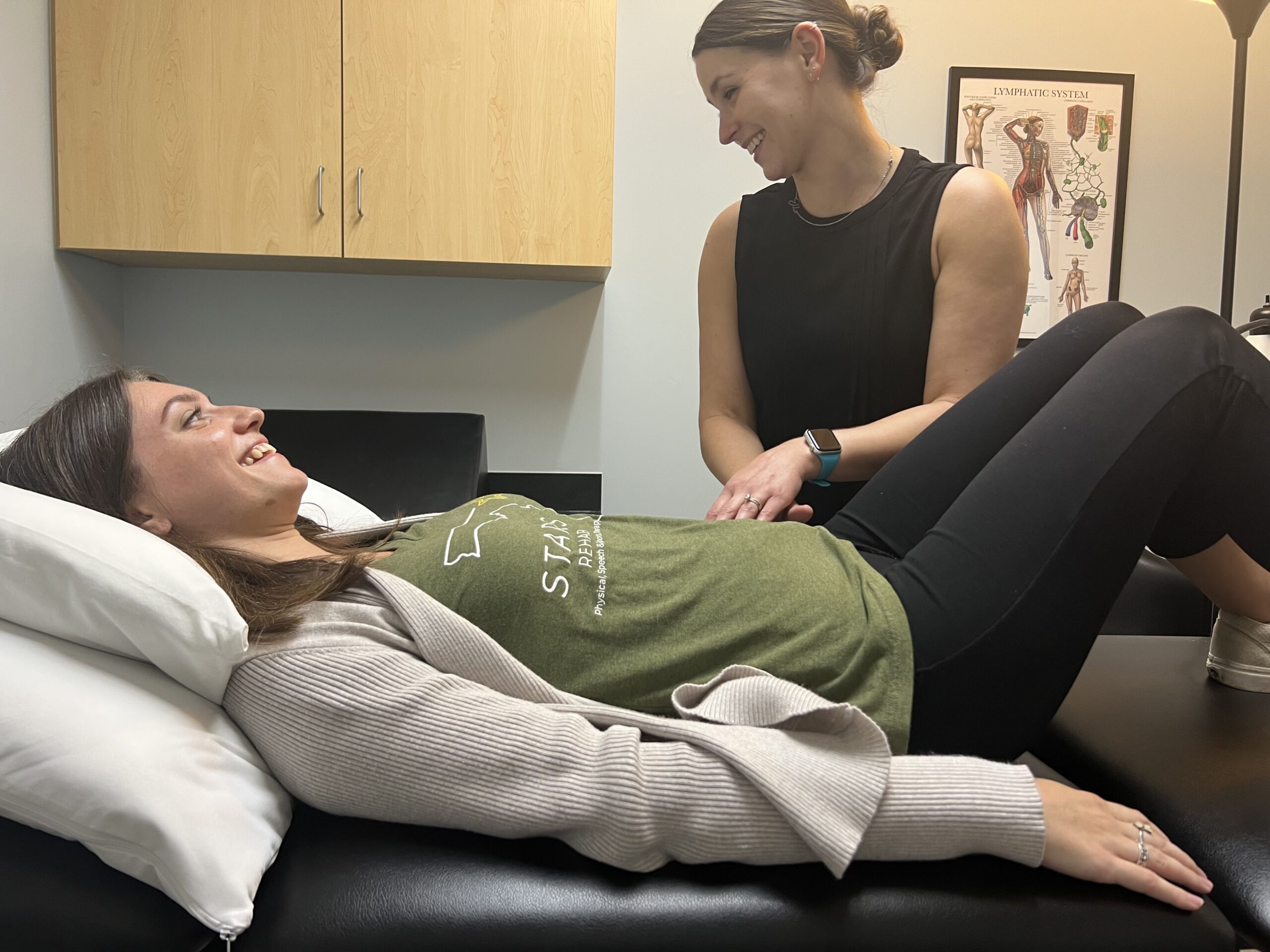There are two types of incontinence, urinary and bowel. Today we will be discussing urinary incontinence. Urinary incontinence comes in many forms, however, the most common includes stress, urge, and mixed. You may also have issues with frequency of urination. Stress incontinence is the loss of urine with activity and/or increases in intra-abdominal pressure, such as coughing, sneezing, jumping, and lifting. Urge incontinence is what it sounds like, the loss of urine after having the urge or sensation to urinate. This can often occur with urinary frequency.
Finally, mixed incontinence is the combination of both stress and urge incontinence.
Symptoms of urinary incontinence can develop at anytime but it is often seen in women after giving birth as well as in the aging population. This is due to the increased stress on the pelvic floor during child birth as well as the loss of strength of these muscles. Although common, urinary incontinence is not normal, in any of it’s forms. Urinary incontinence is often a symptom of a larger issue called pelvic organ prolapse. This is when the muscles of the pelvic floor are not strong enough to hold up internal organs such as the bladder, vagina, and rectum. Patients will report a sensation of pressure in the pelvic floor in addition to incontinence.
Luckily, pelvic organ prolapse and urinary incontinence is treatable through Physical Therapy. Here at STARS, PT Lauren can help with pelvic floor and lower body strengthening, as well as bladder training!

